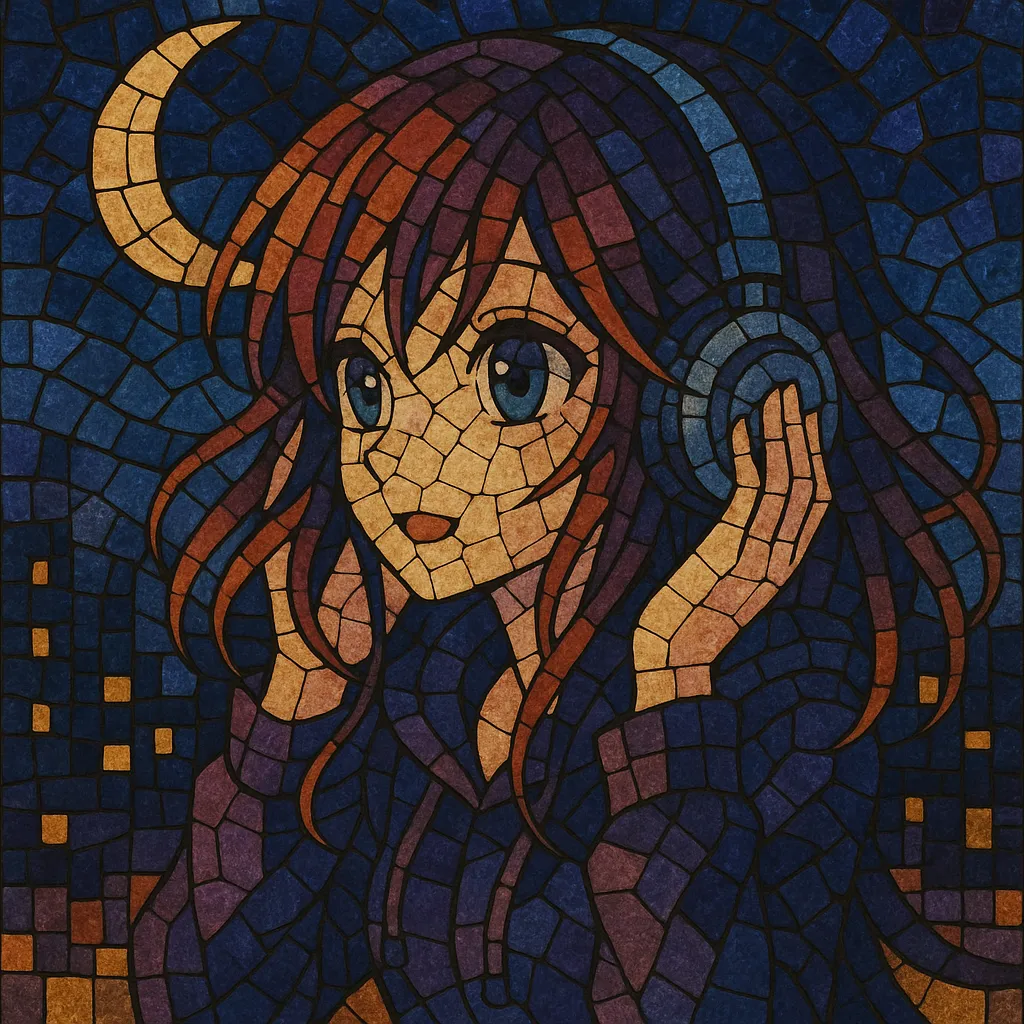Nightcore is a remixing style that speeds up and pitch-shifts existing songs—most often Eurodance, trance, and pop—creating a brighter, higher-pitched vocal timbre and a faster, energetic groove. Typical edits raise the tempo by roughly 20–35% and increase the pitch 2–4 semitones, giving the vocals a youthful, "chipmunk-like" sheen.
Born from a Norwegian DJ duo’s party edits in the early 2000s and later amplified by YouTube communities, Nightcore functions both as an aesthetic and a technique. It emphasizes momentum, euphoria, and emotive immediacy, frequently paired with anime or fan-art visuals that reinforce its internet-native, youth-centric identity.
Nightcore originated in Norway in the early 2000s, when the DJ duo Nightcore (Thomas S. Nilsen and Steffen Ojala Søderholm) began presenting sped‑up, pitch‑raised versions of Eurodance and trance tracks. Their party-focused edits highlighted how increasing tempo and pitch could intensify euphoria and melody, especially with vocal-led dance music.
By the late 2000s, the practice migrated to online platforms—especially YouTube—where countless community editors popularized a consistent Nightcore “look and feel”: fast, bright, sentimental, and accompanied by anime-influenced artwork. This period cemented Nightcore as a participatory internet culture rather than a conventional industry genre.
Nightcore’s core method—speeding up and pitching vocals—makes lyric lines feel more immediate and emotive while driving rhythms toward 150–180 BPM. The resulting sound sits between happy hardcore energy and Eurodance melodicism, with a strong focus on catchy hooks and high-gloss, synthetic timbres.
As platforms like TikTok normalized “sped up” and “slowed + reverb” variants, Nightcore’s approach influenced broader pop-edit culture. While many edits today are labeled simply “sped up,” the foundational Nightcore ethos—uplifting pace, pitched vocals, and anime/net-art visuals—remains a recognizable lineage that also fed into hyperpop and related internet-native scenes.


